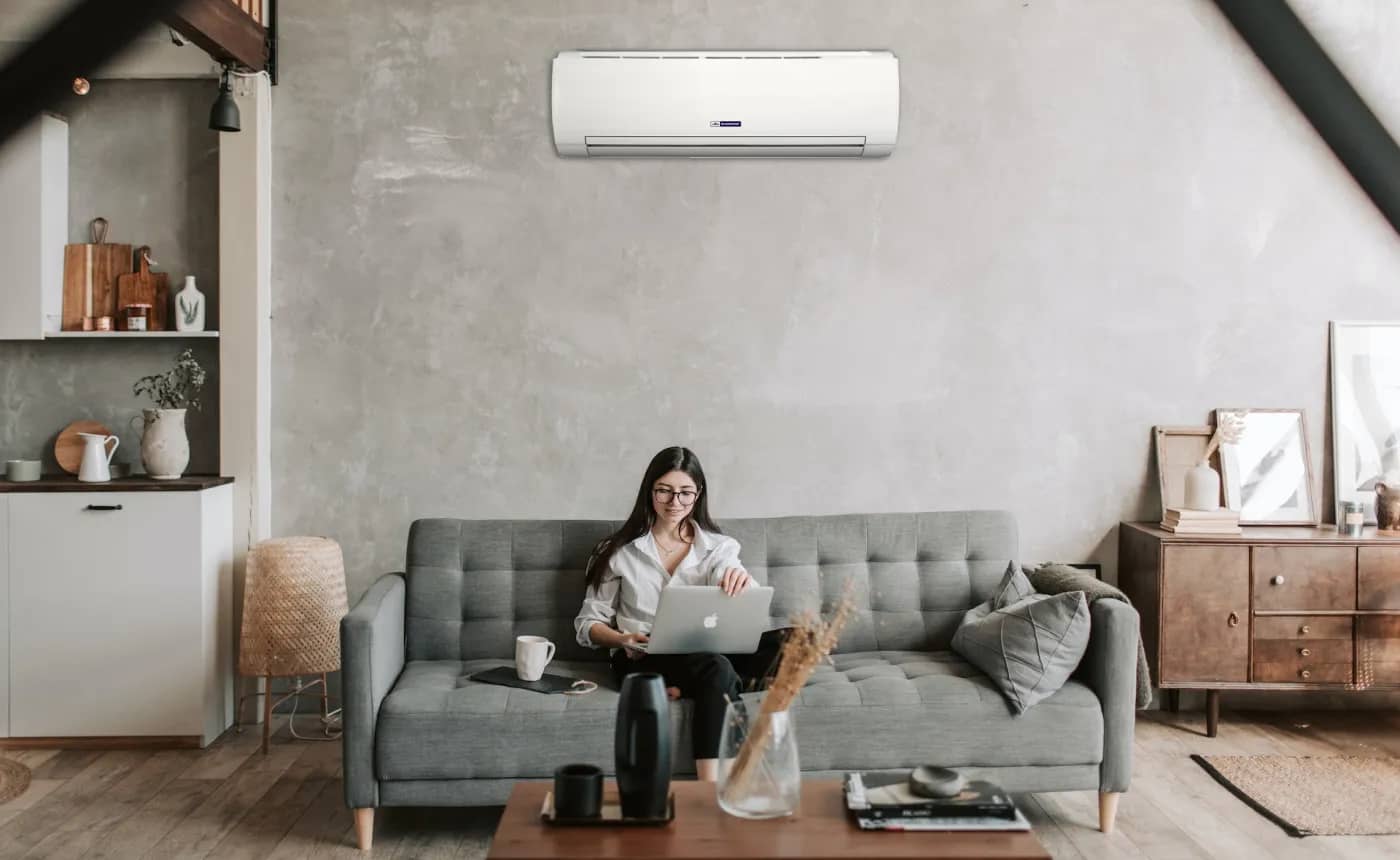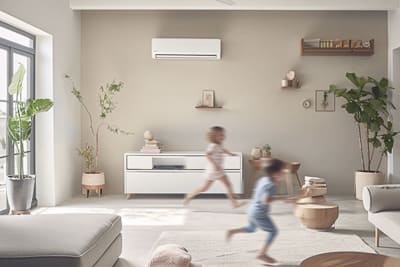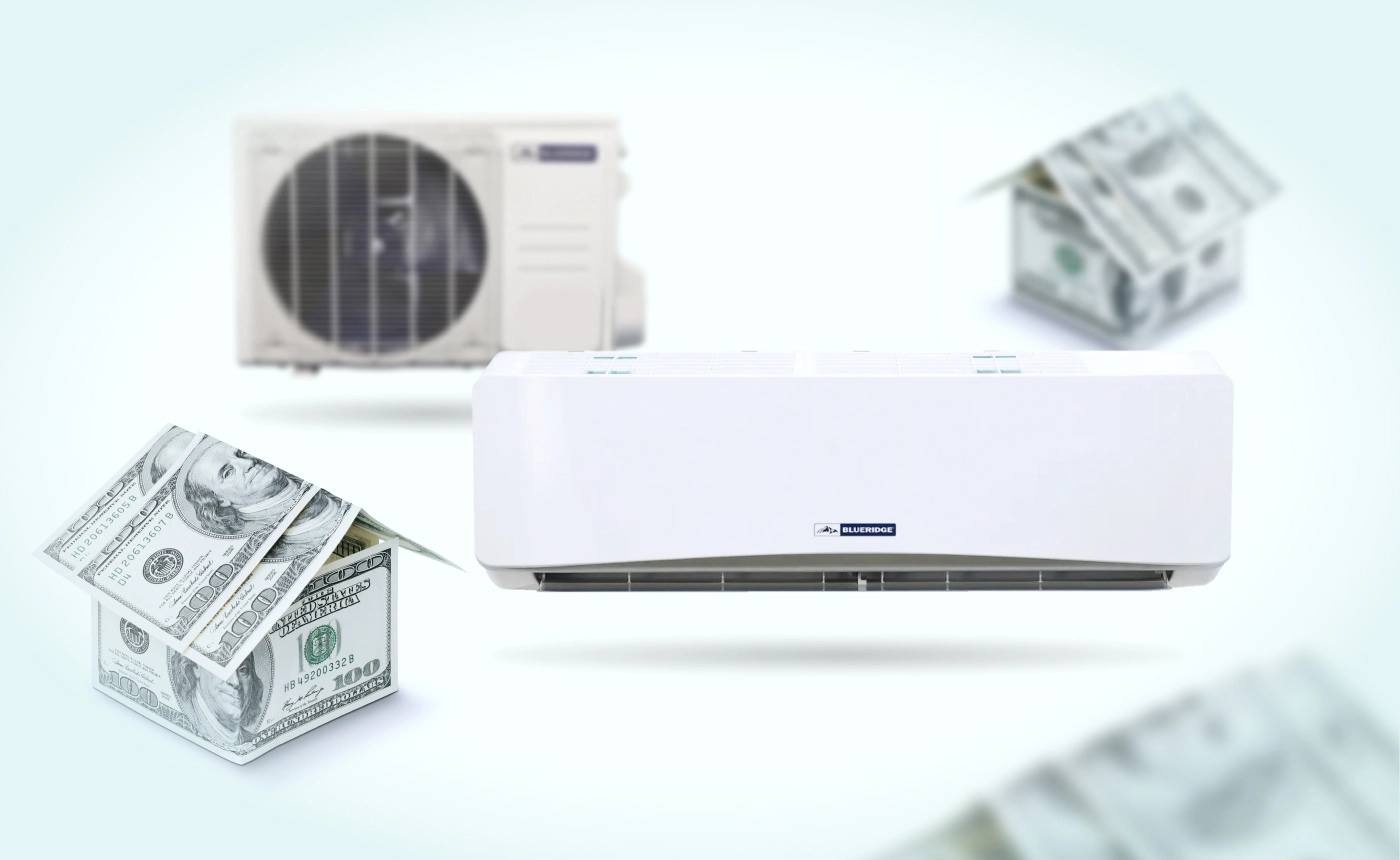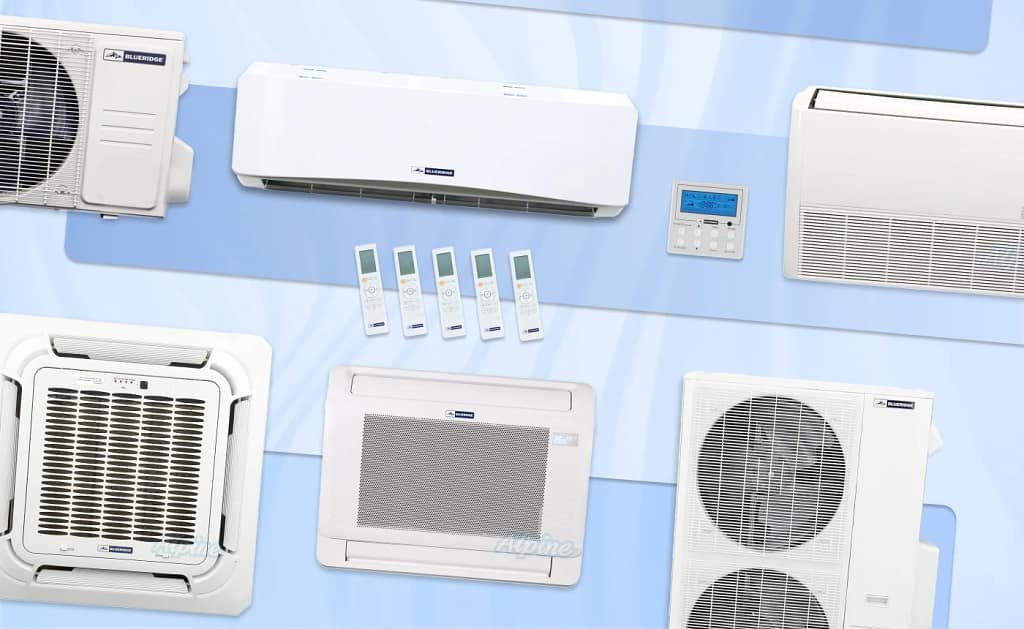
So, you’ve heard all the hype about ductless mini-split systems but still need to be convinced.
Are they more energy efficient than traditional central air conditioning systems?
Do they require tons of maintenance?
Will they save you money?
KEY TAKEAWAYS
- Mini-split systems stand out for their exceptional energy efficiency, reducing energy consumption and lowering utility bills.
- Some consumers still need clarification on whether mini-split systems are superior to traditional HVAC systems.
- Educating yourself on the benefits of mini-split systems and understanding energy rankings will help you make an informed decision.
You may still need clarification about whether a mini-split system will perform better since traditional central air systems have been the mainstay for home cooling and heating for years.
Not only that, but the vast array of options that come with a mini-split system can also seem confusing, and trying to decide what type of unit will perform best for you can feel overwhelming.
Fortunately, ductless mini-split systems have gained a strong track record in the HVAC industry, and there is much more information available regarding how well they work, how energy efficient they are, and what it takes to install and maintain these heating and cooling units.
Let’s look at some advantages and disadvantages of mini-split systems and help you decide if a mini-split system is right for you.
Start With the Basics: A Ductless Mini-Split System Defined
A ductless mini-split system, often referred to simply as a mini-split, is a cutting-edge heating and cooling solution that offers numerous benefits compared to traditional HVAC systems.
A mini-split consists of two main components: an outdoor unit and one or more indoor air-handling units.
What sets mini-splits apart is their ability to provide personalized comfort in specific areas or zones within your home without requiring extensive ductwork.
The outdoor unit houses the compressor and condenser, essentially responsible for transferring heat to and from the conditioned room.
Strategically place the indoor air handling unit(s) in the areas you want to heat or cool.
The indoor and outdoor units connect through a conduit containing refrigerant lines, power cables, and a condensate drain line.
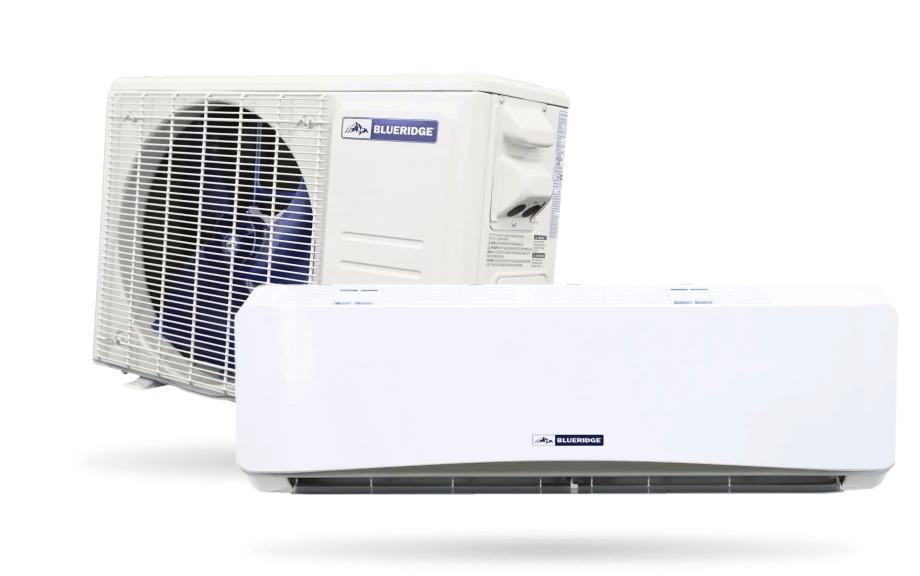

This innovative design eliminates the need for ducts, making ductless systems an ideal choice for homes without existing ductwork or those looking to avoid energy losses and long-term additional costs associated with duct systems.
Now that you know what a ductless mini-split system is and how it works, let’s look at some of the facts about these systems that make them such ideal replacements for the traditional air conditioning systems of the past.

Fact #1: Ductless Mini-Split Air Conditioners are More Energy Efficient than Other HVAC Systems
Regarding energy efficiency, ductless mini-split systems are at the forefront of heating and cooling technology.
A recent article published by theUnited States Department of Energy confirms that heating and cooling systems that rely on ducts can lose up to 30 percent of their energy efficiency just through their ductwork.
Mini-split systems outshine traditional air conditioners in several ways, making them a smart choice for homeowners looking to reduce their energy consumption and utility bills.
One of the key factors contributing to the superior energy efficiency of mini-splits is the use of inverter technology.
In traditional HVAC systems, the compressor runs at a fixed speed, which means it operates either at maximum capacity or not at all, leading to frequent starts and stops and energy wastage.
In contrast, mini-split systems use inverter-driven compressors that can adjust the speed in a variable capacity according to the cooling or heating needs of the space. This ensures a more stable and consistent indoor temperature and prevents unnecessary energy spikes, resulting in significant energy savings.
Another energy efficiency measure is the Seasonal Energy Efficiency Ratio (SEER) rating.
Mini-splits often boast high SEER ratings, which indicate their ability to provide cooling or heating with minimal energy consumption.
These ratings range from 15 to 30 or higher; higher numbers indicate better efficiency. Choosing a mini-split system with a high SEER rating can significantly reduce energy usage.
Furthermore, mini-splits excel in delivering conditioned air only to the areas that need it.
In traditional HVAC systems, the compressor runs at a fixed speed, which means it operates either at maximum capacity or not at all, leading to frequent starts and stops and energy wastage.
Mini-splits, on the other hand, allow you to create specific zones and adjust temperatures accordingly.
These facts show that when you choose a ductless air conditioner, you aren’t wasting energy by cooling or heating rooms that are unoccupied or don’t require the same temperature.
Overall, the energy efficiency of mini-split systems aligns with modern sustainability goals while keeping your home comfortable and your energy bills in check.
Fact #2: Zoning for Personalized Comfort
One of the standout features of mini-split systems is their ability to provide zoning for personalized comfort.
A recent article inAngi (a consumer-friendly online resource for finding reliable, highly rated small businesses) reported that customers are increasingly interested in HVAC systems capable of offering more than just a single-zone system to offset rising heating and cooling costs for their homes and businesses.
Zoning divides your living space into separate areas or zones, each with independent temperature settings. This innovative approach allows you to tailor the indoor climate to the preferences and needs of different family members or occupants.
In a traditional central HVAC system, a single thermostat controls the temperature of the entire house, leading to a one-size-fits-all approach.
However, with mini-split systems, each indoor unit has its own thermostat and controls, allowing you to set individual temperatures for specific rooms or zones.
For instance, if you spend most of your time in the living room during the day, you can set the other rooms to a slightly higher or lower temperature or turn off those indoor units altogether.
This energy-efficient approach prevents unnecessary cooling or heating of unoccupied areas, reducing energy consumption and lowering utility bills.
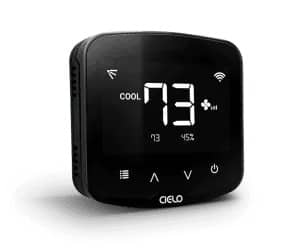

Zoning is particularly advantageous in larger homes or multi-story buildings where temperature preferences can vary widely across different areas.
Whether managing temperature differences between the ground floor and upper floors or catering to individual preferences in various rooms, a dual zone mini-split air conditioning system can give you the power to create a truly customized and comfortable environment throughout your home.
Fact #3: Installation of a Mini Split is Not as Hard as You Think
Mini split systems offer remarkable installation flexibility, setting them apart from traditional HVAC systems that require extensive ductwork and infrastructure modifications.
This step-by-step guide from Alpine Home Air Products can help you see the exact steps to installing a ductless mini-split air conditioner.
The installation adaptability of a mini-split is a crucial factor contributing to their growing popularity, particularly among homeowners who like DIY home improvement projects or want to know that their installation costs will stay within the budget.
The compact size of mini-split components, especially the indoor units, allows for seamless integration into various home layouts.

Unlike traditional systems requiring substantial duct space, mini-splits fit effortlessly into tighter areas.
This means you can choose from multiple installation options, each catering to your specific preferences and requirements.
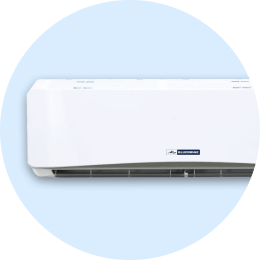
High wall-mounted indoor units are popular due to their discreet design and ability to blend seamlessly with your interior decor.
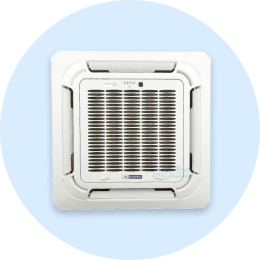
Ceiling-mounted units offer an excellent way to save floor space while providing even air distribution from above.

For those who prioritize design aesthetics, low wall-mounted units can be discreetly placed in corners or against walls, ensuring efficient climate control without sacrificing style.
The absence of ductwork in mini-split installations minimizes disruption to your home’s existing structures during installation.
This is a significant advantage, particularly in retrofit situations or when installing in older homes where adding ducts can be complicated and costly.
With mini-splits, there’s no need to tear down walls or ceilings to accommodate ducts, ensuring a faster and less invasive installation process.
Whether renovating, adding an extension, or upgrading your HVAC system, a mini-split system offers a versatile, hassle-free solution that adapts to your home’s unique layout and design.

Fact #4: Ductless Mini Splits are Less Noisy than Central Air Systems and Can Fit in with Any Decor
When you want to maintain a serene and peaceful indoor environment, ductless mini-split systems shine in their ability to operate quietly, making them an attractive choice for homeowners who value tranquility.
One of the primary reasons for the quiet operation of mini-splits is the absence of noisy ductwork.

Traditional central air systems rely on extensive duct networks to distribute air throughout your home. These ducts can act as conduits for sound, transmitting vibrations and noise from the air handler to various rooms.
In contrast, mini-split systems eliminate the need for ducts, reducing the potential for noise pollution caused by air movement through a complex network of channels.
Furthermore, ductless mini-splits are engineered to operate as quietly as possible.
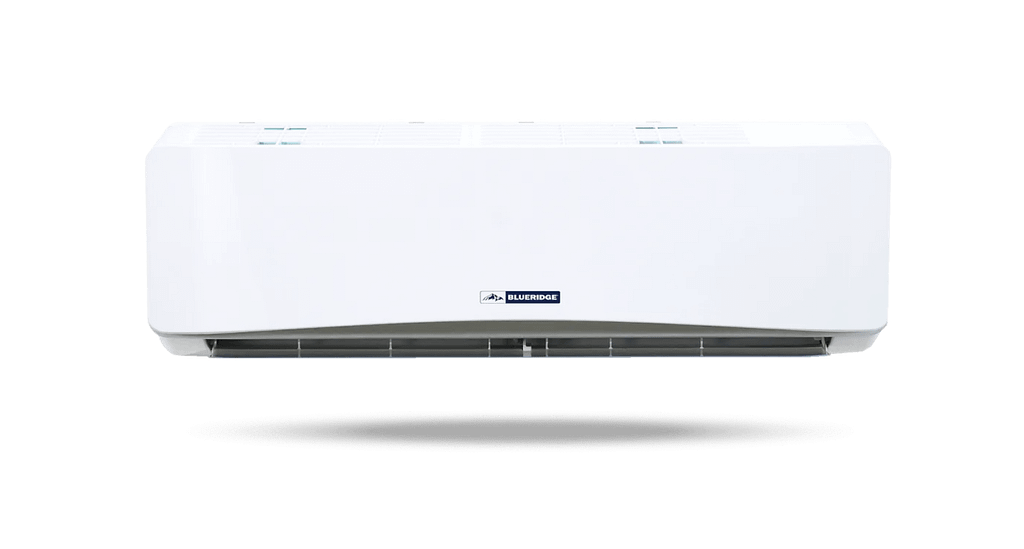
Indoor units are equipped with advanced technology that minimizes operational noise, while the outdoor mini-split heat pumps are strategically designed to reduce outdoor noise.
Beyond their acoustic advantages, ductless mini-split systems feature very versatile design aesthetics.
The indoor units boast sleek and modern designs that can seamlessly blend with various interior decor styles, and most come with remote control capabilities. Select high wall-mounted, low wall-mounted, or ceiling-recessed units based on your space layout and design vision. Now, you can maintain a cohesive and stylish appearance while enjoying the benefits of efficient climate control.
Fact #5: Mini Splits can provide exceptional Heating and Cooling All Year Round
One of the standout features of ductless mini-split systems is their ability to provide heating and cooling functions, making them a versatile solution for year-round comfort in various climates.
According to ENERGY STARⓇ (a governmental program that advocates for energy efficiency in consumer products), a ductless mini-split heat pump is an ideal solution for homes in hot and cold climates. Vastly more mini-split systems earn ENERGY STARⓇ certification than central air conditioner systems on the market today.
Mini-splits provide both heating and cooling through a reverse cycle process known as heat pump technology.
In the warmer months, the system functions as a cooling system, extracting heat from indoor air and transporting it outside the building, thereby cooling the interior spaces.
When the weather turns colder, the system reverses this process. It absorbs heat from the outside air and transfers it inside the building, warming your living space. This incredible process happens even when it is frigid outside!
This innovative cooling and heating system makes mini-splits efficient heating solutions in hot or cold climates.
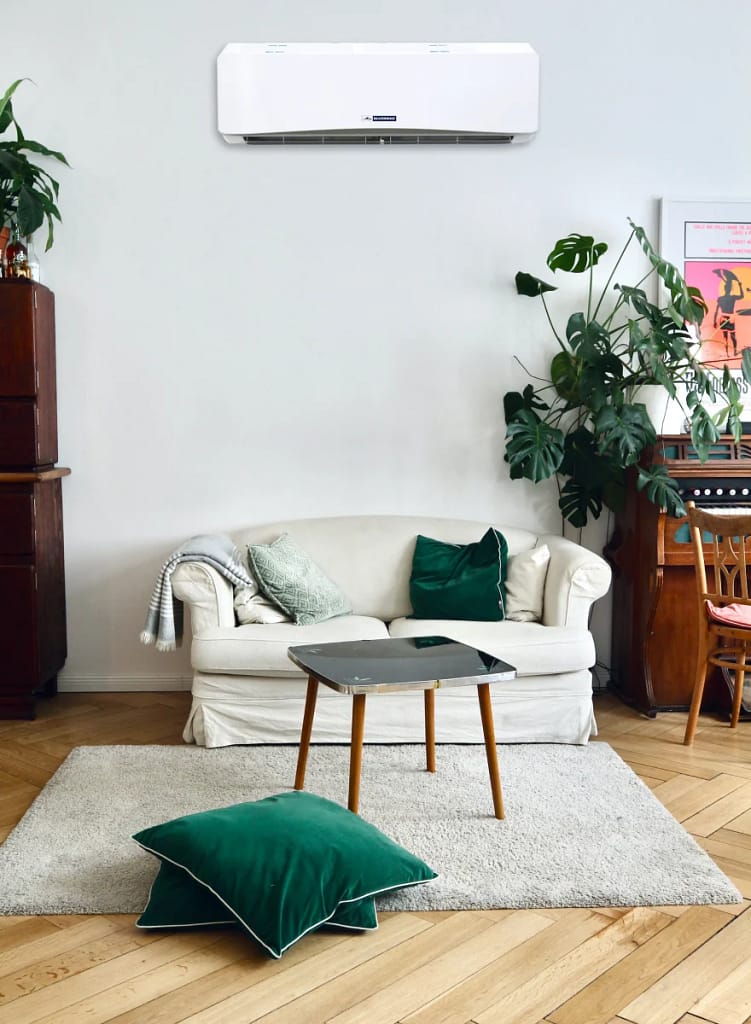

Mini-split systems are especially beneficial in regions with fluctuating weather patterns, as they can quickly adapt to temperature changes.
This ability to create heated or cooled air nearly on demand further enhances the mini-splits popularity.
Also, by introducing features like programmable thermostats and remote controls, a homeowner can adjust settings quickly and effortlessly based on comfort preferences and the weather outside.
Whether you’re battling scorching summers or freezing winters, a mini-split system’s ability to provide efficient and effective heating and cooling all year round ensures that you can enjoy optimal indoor comfort, regardless of the outdoor climate.
When You Want the Facts, Choose Alpine Home Air for Your HVAC Needs
Though central air conditioning has been a game-changer for homes for many years, the advantages of choosing a mini-split system continue to grow.
From its impressive energy efficiency and customizable zoning capabilities to its installation flexibility, quiet operation, and year-round comfort, the mini-split system is an exceptional choice to enhance indoor comfort and save money.

By opting for a mini-split system, you’re investing wisely in your home’s climate control and taking a step toward reducing your energy costs and environmental footprint.
If you are ready to look at what Alpine Home Air Products can offer you, check out our website’s wide range of high-quality mini-split options that combine cutting-edge technology with superior comfort.
And – if you need more information before deciding, our qualified HVAC experts are alwaysavailable to help you sort out facts from fiction.
At Alpine, we are as passionate about efficient and cost-effective heating and cooling as we are about our customers.
We can’t wait to be your partner in everything HVAC!

